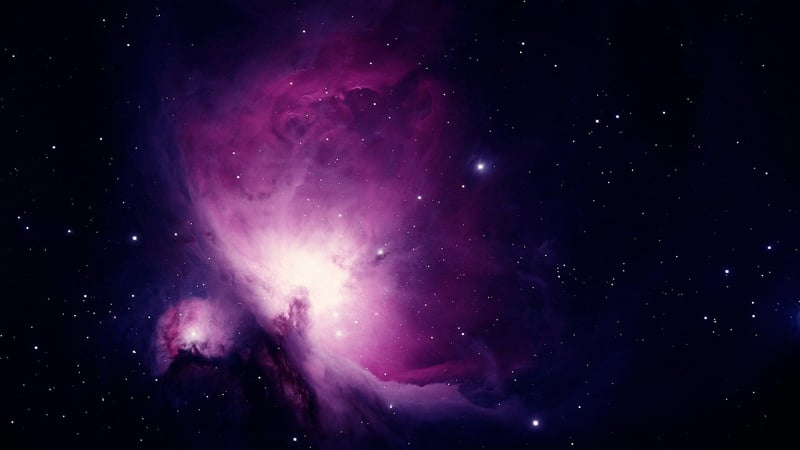Nebulae Catalog
Exploring the Vastness of Space: A Journey Through Nebulae
Space, the final frontier, has always captured the imagination of humanity. One of the most awe-inspiring celestial phenomena within this vast expanse is nebulae. These beautiful clouds of gas and dust serve as stellar nurseries, where new stars are born and where the remnants of dying stars are scattered. Let's embark on a journey through some of the most mesmerizing nebulae in our universe.
The Orion Nebula (M42)

The Orion Nebula, located in the constellation of Orion, is one of the brightest nebulae visible to the naked eye from Earth. This stellar nursery is approximately 1,344 light-years away and is a hotbed of star formation, containing young stars, protoplanetary disks, and even a famous stellar nursery called the Trapezium Cluster.
The Eagle Nebula (M16)

Also known as the Pillars of Creation, the Eagle Nebula is a star-forming region located in the constellation Serpens. Made famous by the Hubble Space Telescope's iconic image, this nebula is about 7,000 light-years away and is characterized by its striking pillars of gas and dust where new stars are being born.
The Helix Nebula (NGC 7293)

The Helix Nebula, often referred to as the Eye of God, is a planetary nebula located in the Aquarius constellation. This nebula is the result of a dying star shedding its outer layers, creating a beautiful cosmic eye that spans about 2.5 light-years across.
Exploring More Nebulae
These are just a few examples of the stunning nebulae that grace our universe. From the Cat's Eye Nebula to the Crab Nebula, each of these cosmic wonders tells a unique story of stellar evolution and the beauty of the cosmos.
Ready to dive deeper into the world of nebulae? Check out the NASA website for more incredible images and information about these celestial marvels.
